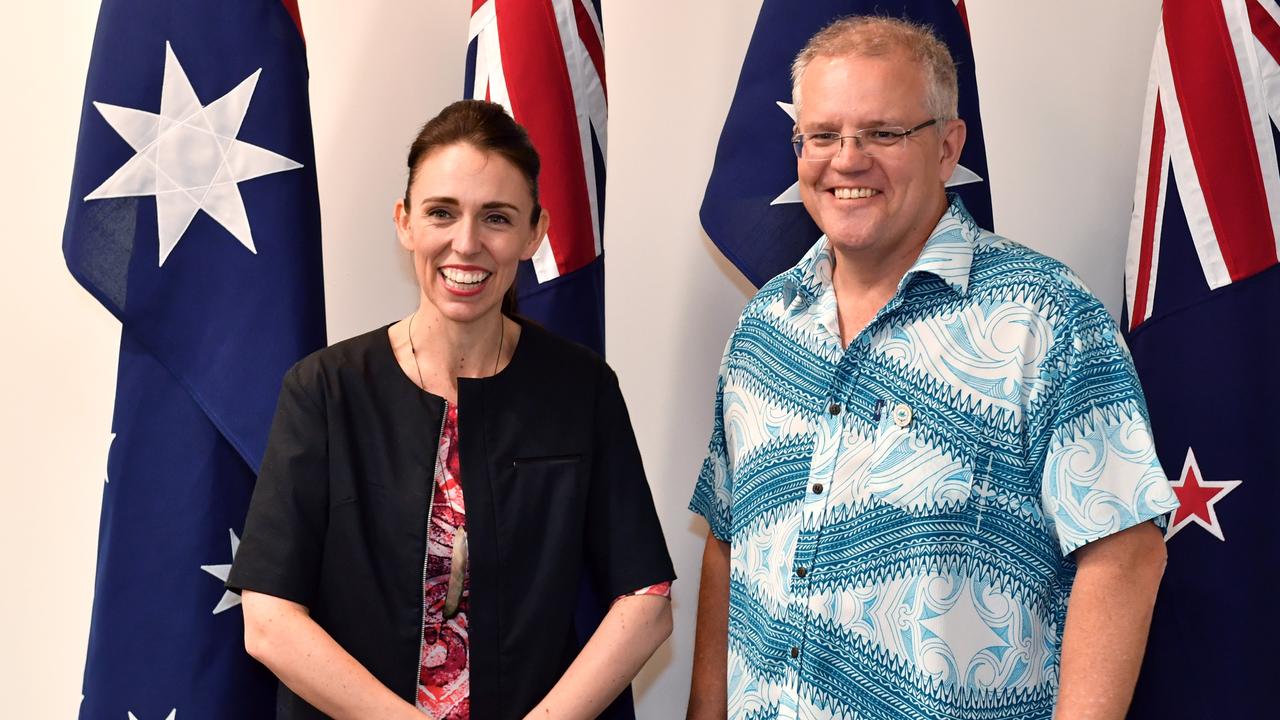Facts torpedoed in ‘analysis’ of the Future Submarines program
When a government embarks on a program worth up to $50 billion, it is not only reasonable but very important to have debate on the merits of the project, the value for money and the time line for delivery. However, this debate should always be informed by the facts and not be swayed by an illogical bias against a particular outcome.
The so called “analysis” of our Future Submarine Program released this week is nothing more than a hatchet job on an important national endeavour, instigated by armchair critics living in Sydney with no understanding of the tender process involved.
Furthermore, the report contains some spectacular errors and oversights, most importantly when it comes to our submarine capability in the transition from the Collins-class submarines to the future submarines.
The Future Submarine competitive evaluation process was overseen by an independent expert advisory panel chaired by former US navy secretary Don Winter and peer-reviewed by former senior submarine program managers from the US — retired US Navy vice-admiral Paul Sullivan and rear admiral Thomas Eccles. In addition, the Australian National Audit Office has also ticked off on the process.
As the minister responsible for this important program, I am happy to engage with any stakeholder and outline the process involved in this decision.
Unfortunately for the writers of the report and those who commissioned it, no request was made to me, my office or the Department of Defence.
If it had been we could have easily allayed their concerns and pointed out the glaring errors in their arguments against the program.
The most pressing error is the claim that there will be a capability gap in our submarine fleet between the end of the Collins-class and the delivery of the future submarines.
It’s remarkable the report’s authors failed to realise this issue was addressed more than 1½ years ago when the government announced through the defence white paper in March 2016 that it would invest in an upgrade of the Collins-class submarines.
Called the Collins-class life of type extension, it will ensure they are a potent fighting force well into the 2030s. At that time we will have our new Future Submarine fleet delivered by Naval Group Australia, ready to dominate the waters around our island nation.
Therefore, there will not be a capability gap as the authors and other commentators have claimed this week.
The secondary argument of the so-called report is that somehow we could buy some ready-made “military off-the-shelf” submarines that would fulfil the needs of our navy into the future.
This is an erroneous and dangerous argument that flies in the face of official advice given to the government by experts in this field. There are no military off-the-shelf submarine options that meet our needs.
The idea that somehow we could rejig an existing model into our requirements defies logic and would, in fact, take just as long; we would end up with an inferior option and leave our submariners without the best capability in our region.
After years of inaction by the Labor Party, the Turnbull government has got on with the job of acquiring our future submarines, which are essential for the future national and economic security of our nation.
Labor sat on its hands on the new submarine project after listing it in the 2009 white paper, announcing it would not make a decision until after the 2013 election.
In six years, Labor didn’t commission a single naval vessel from an Australian yard — the shipbuilding “Valley of Death” is indeed “Labor’s Valley of Death”.
The $50bn project, part of our $90bn naval shipbuilding program, will not only boost our national defence but also have great economic benefits across the country.
The project will collectively aim to maximise opportunities for Australian firms to supply key materials, components and equipment, including the use of Australian steel. It will also create more than 2800 direct and many indirect jobs. There will also be potential for Australian firms to engage in global supply chain opportunities. The level of the government’s investment in shipbuilding will ensure a deep national footprint in this key sector.
Finally, a local build for this important project means that we will have a submarine-building capability in this country, an important aspect of defence industry as a national security enterprise.
Building and servicing our own fleet of submarines decreases reliance on other countries for our national defence.
Christopher Pyne is the federal Minister for Defence Industry.



To join the conversation, please log in. Don't have an account? Register
Join the conversation, you are commenting as Logout